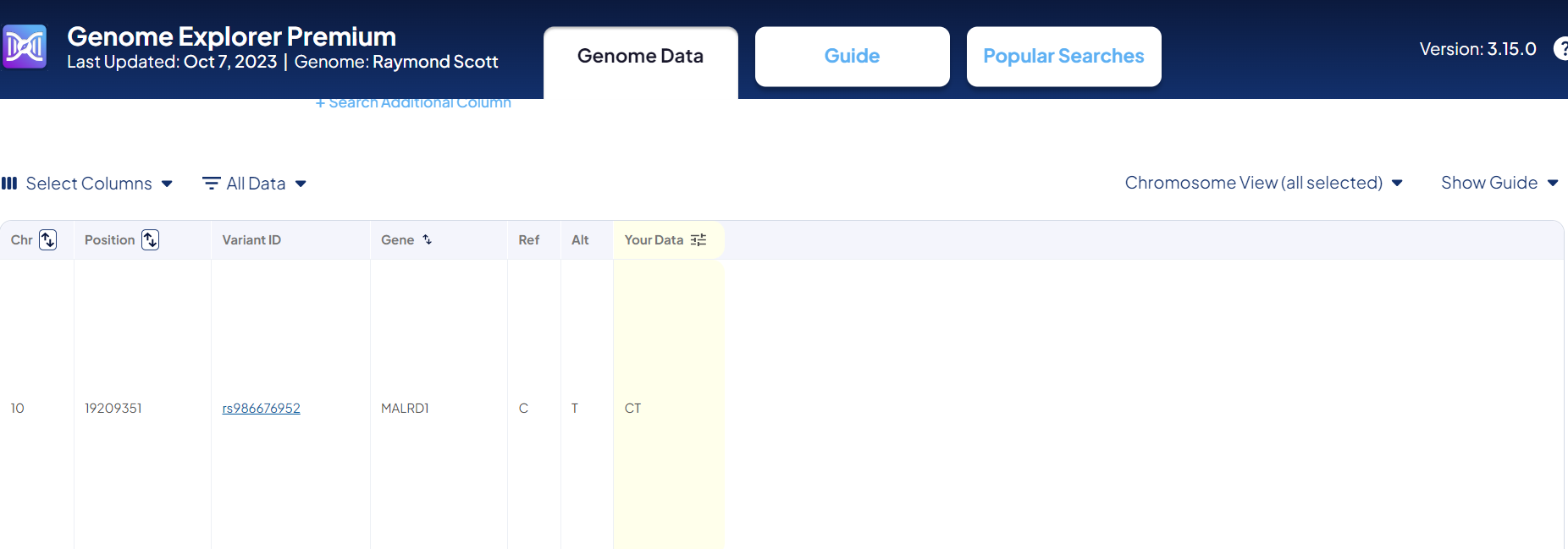My Indicators for Left-handedness and Ambidexterity Based on GWAS study that identifies 48 common genetic variants associated with handedness.

I was reading a 2020 Genome-wide association study that identifies 48 common genetic variants associated with handedness. Abstract Handedness has been extensively studied because of its relationship with language and the over-representation of left-handers in some neurodevelopmental disorders. Using data from the UK Biobank, 23andMe and the International Handedness Consortium, we conducted a genome-wide association meta-analysis of handedness ( N = 1,766,671). We found 41 loci associated ( P < 5 × 10 –8 ) with left-handedness and 7 associated with ambidexterity. Tissue-enrichment analysis implicated the CNS in the aetiology of handedness. Pathways including regulation of microtubules and brain morphology were also highlighted. We found suggestive positive genetic correlations between left-handedness and neuropsychiatric traits, including schizophrenia and bipolar disorder. Furthermore, the genetic correlation between left-handedness and ambidexterity is low ( r G = 0.26), whi

